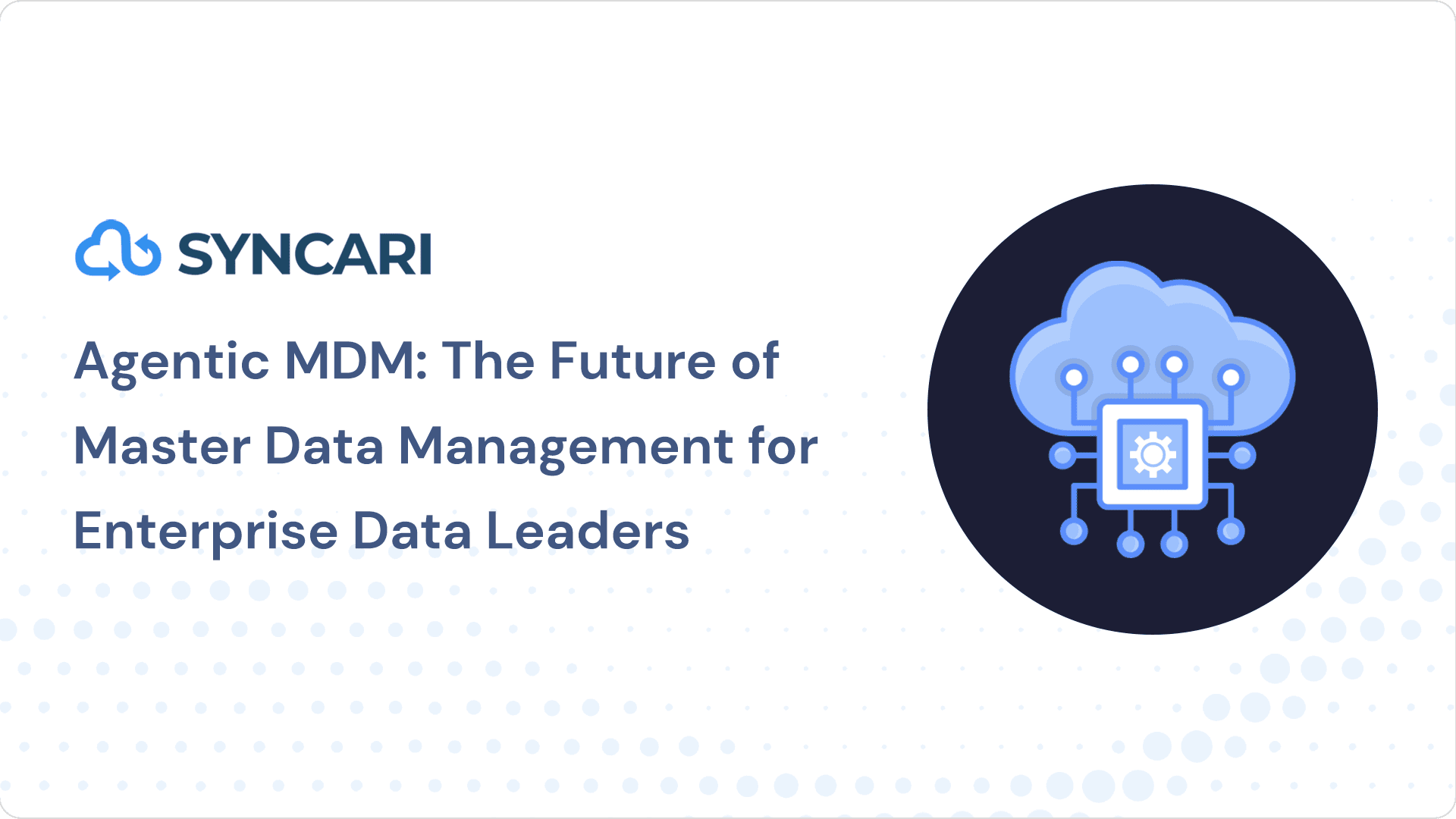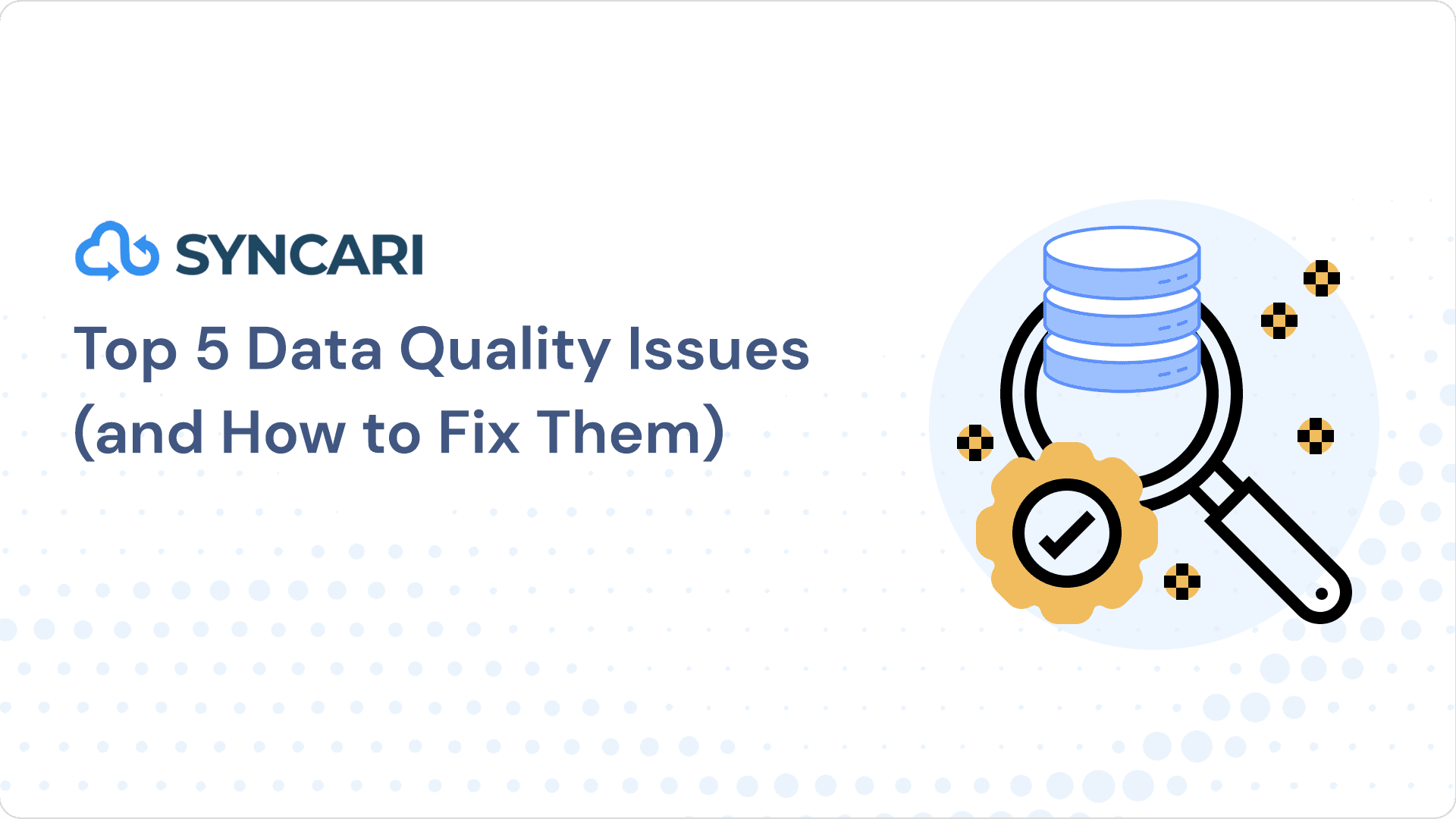Some skill sets age like a fine wine. Others spoil like a carton of milk. If the past decade has been any indication, the role of the chief financial officer (CFO) falls into the latter category. According to a study from Deloitte, only 20% of the value historically created by CFOs is still relevant today. To meet the demands of today’s increasingly digitized corporations, a new breed of financial leader is sorely needed—one who acknowledges that data is any company’s most valuable asset and that data stewardship is a critical investment.
56% of people claim that “data-driven” is just a slogan at their companies
Enter Peter Perrone. In a workforce where 56% of people claim that “data-driven” is just a slogan at their companies, Peter is among the rare financial leaders who exemplifies the ideal. His secret? He fuses aspects of the traditional CFO role with CIO responsibilities. This means he not only builds the financial model, but he also remains close enough to his company’s data management strategy to ensure all his assumptions are valid. It may seem deceptively simple, but the revenue implications of this approach are profound.
We sat down with Peter to delve inside the mind of a true, next generation data-driven CFO. He shares why it’s so important to invest in data governance, how to make a daunting data project more manageable, plus the biggest thing he sees holding back today’s CFOs.
What can go wrong if CFOs underinvest in data quality and governance?
Without proper data quality and governance, you’re flying blind in every sense of the word. You won’t have real information to present to your fellow executives. You’re not taking advantage of implicit customer feedback in the data, how competitors are moving, or your changing market landscape. Failing to do that, you’re going to fall behind on these crucial dimensions of running a successful business.
Why is it important to you to combine aspects of traditional CFO and CIO job descriptions?
I started my career as an engineer, then spent 14 years in finance at Goldman Sachs. And I started to think that combining those two things would be really fun and valuable for the company.
The CFO has a deep understanding of the financial model, which is always built on layers and layers of assumptions. But the CFO lacks the access of the CIO or technical team to drill all the way down into the model to understand the metrics that feed it.+
When these two functions work together closely, you unlock a lot more speed and creativity in optimizing your business model. It could be as simple as implementing new pricing models, reacting to changes in the competitive landscape, or improving marketing channel effectiveness. But these simple changes can have profound impacts on revenue.
For example, if a CFO wants to implement a new pricing scheme, they’re fully empowered to quickly answer questions like: Could we do that in our billing system? How can we get this piece of information from how our customers are using our product? Designing your financial model at the same time you’re designing your data and your analytics model just makes sense to me.
What does an exciting day on the job look like for you?
We just signed our largest customer order ever, and the feeling of a collaborative team win at the end was incredible. It was not easy getting there—new obstacles popped up every day and each one felt like a showstopper. It was our first ever OEM deal, where a leading firm is integrating some of our software into their suite. There was a commercial aspect of it: How would we price an offering we’d never sold before? Then there were a number of technical hurdles, plus a targeted campaign from the field team across many different stakeholders to gain consensus and finally get the CEO signature on the agreement. It was one of the biggest team efforts I’ve ever been a part of.
Why is it essential for CFOs to invest in data quality?
Because your business is like a farm field—you can’t plant seeds in the morning and harvest that afternoon. You need to plow the field, fertilize, irrigate to reap long term success. Without synchronized data, you won’t know when and where to plant seeds, and you’ll ultimately take longer than you should figure out which strategies and tactics aren’t working. You wind up spending money to sponsor trade shows where the lead conversion rate is a tenth of the rate you get from webinar programs.
It seems so mundane. But sometimes the tactical can be quite strategic because there is no strategy without accurate data. For a long time, there was a big gap in the market on tying together these systems. The tooling and organizational buy-in is finally emerging to answer the questions that are going to speed everybody up.
Why is it so hard to accurately report on campaign effectiveness?
Because you have to tie marketing metrics to money. But it’s not as simple as it seems. For example, you may find that event conversions don’t seem that great. But if you compare this metric to other channels, you may find it’s a lot less expensive than pay-per-click or display advertising. Without bringing the money into the equation, you can’t really reach conclusions like this.
If you want to bring money into the equation, you’re either going to need a direct integration of SaaS applications with the financial system, or you have an analyst on the finance or marketing team download a spreadsheet with what we spent with Google last month, as an example, and tie that to a set of marketing metrics in yet another spreadsheet.
This is when the data chaos starts. They bring the conclusion of that analysis to the head of marketing or the CFO or the CEO. But it doesn’t quite seem right. The CEO asks, “Where did you get that number?” The analyst replies, “Oh I downloaded it.” Then they realize the spreadsheet they downloaded only represented half of the expense. This type of troubleshooting starts to unravel the whole thing and people lose the confidence they need in the metrics to make a decision.
What’s the most impactful revelation you’ve discovered through data in your career?
I’ll give a cost savings example and a revenue generation example.
At a past company, we were leasing co-location facilities and paying power bills for servers that were running in those locations. There wasn’t a measurement going on about the actual utilization of those servers. And once we were able to collect that information, we realized that we had pockets of vast underutilization. We were able to consolidate and make very significant, on the order of 50% reductions in costs in various regions.
For an unlock revenue example, at a past company, we introduced a new pricing scheme that was based on time of day. The data showed us that at various times and day, our services were more valuable to the customers, but more expensive for us as the provider. When we implement pricing based on time of day, we were able to generate significantly more revenue to offset our increased costs. A change like this may seem fairly straightforward, but when you have a billing system that’s been established over the course of eight to 10 years, it can be very fragile and brittle when you make changes. Having the combination of finance and IT both bought into the power of this type of change was critical.
What’s your number one data quality tip?
Start small. It’s very easy to get swept up in a grand vision of data unity. But the most important thing you can do is to start with a very narrow specific use case. Confirm its value to stakeholders first, then take it all the way through to completion before biting off another project. You’ll learn valuable things in the process that will make the next project that much easier and more efficient.
What’s the biggest thing holding back today’s CFOs?
There’s so much confusion around data that you can’t have a simple conversation about strategy. It seems so mundane, but without unified data, you can’t answer pretty fundamental business questions, such as:
- Are our customers using the product how we expect?
- Is this marketing channel effective?
- Is our sales cycle going well in a particular vertical?
These questions should be dead simple to answer, but it’s extremely difficult in practice, especially when questions require cross-functional data to answer. If what Salesforce defines as an account isn’t crisply defined in the engineering team’s system of record, like JIRA, t, there can be a mountain of work to reconcile. That’s where Syncari comes in—they help companies tie together data across functional and application siloes.
About the author: Nick is a CEO, founder, and author with over 25 years of experience in tech who writes about data ecosystems, SaaS, and product development. He spent nearly seven years as EVP of Product at Marketo and is now CEO and Founder of Syncari.


